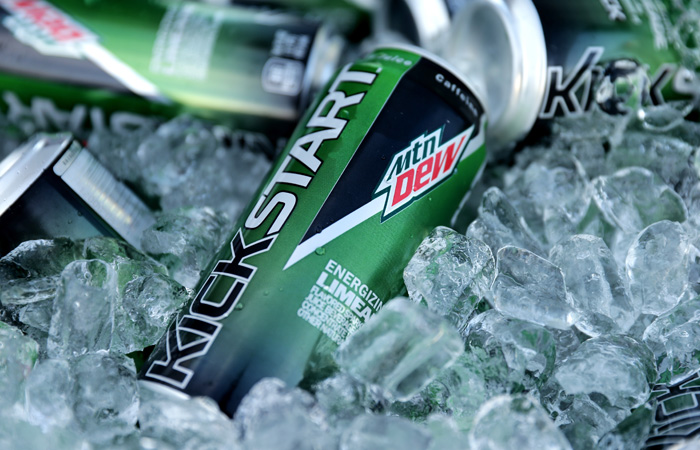Rethinking Lifestyle
Conserve vs Consume

As I travel about I frequently pick up garbage along the roads near my house tossed out of car windows by inconsiderate louts. Beer cans, pop cans, plastic bottles, coffee cups and bags of (usually) McDonald’s trash. I cannot understand why these people are able to carry a cup of coffee when the cup is full but as soon as it is empty it is too hot to handle and out the window it goes.
The other day I picked up an empty can of something called Kickstart that I had never heard of before. Instead of putting it in the recycling I took it into the house and rinsed it out. It is surprising what you can learn from reading the product label and this one was particularly revealing. Here is a list of the ingredients: Carbonated water, glucose-fructose and or sugar, white grape juice concentrate, citric acid, sodium hexametaphosphate, natural flavour, potassium sorbate, caffeine (83mg), potassium citrate, potassium chloride, acesulfame potassium (42mg), sucralose (35mg), colour, calcium disodium EDTA, salt, sucrose acetate isobutyrate. Wow! Or better, Yuk!
The Nutrition Facts panel states that in the whole can of 473ml there is 20gms of sugar – that’s a little over 4%. The main ingredient of course is water and the second ingredient is the sugar which means none of the other ingredients can be more than 4%. Half way through the list is caffeine at 83mg/473ml that works out at 0.000175% meaning none of the rest of the ingredients can be more than that infinitesimal amount.
If the purpose of this drink (apart from making a profit for Pepsico Canada Inc) is to give a jolt of caffeine to the consumer, then it will be a very poor jolt. A medium coffee is about the same volume at 454ml but a medium coffee would contain almost double the caffeine at 145mg, and I expect be a lot cheaper. Why anyone would spend their hard earned money on this frightening chemical solution Kick Start, is a mystery.
The foregoing brings two things to mind: Firstly, a single-use can is at least as bad environmentally as single use plastic, and single use plastic items are being phased out in some parts of the world – hopefully soon in Canada too.
Secondly, in a world with 7+ billion people, the frivolous consumption of limited non-renewable resources should be outlawed. All governments, whether federal, provincial or municipal, put restrictions on our activities. Where we can build our house, building codes, gravel extraction, what forests we can cut down and what speed we can drive at are just some examples. Apart from the garbage aspect of single-use cans, we should think about the resources that will not be available to future generations. I think and hope the time will come in the near future when governments will restrict the use of precious limited resources for frivolous uses. Without some government restrictions, corporations will always consume our limited resources if it will make them a profit.




